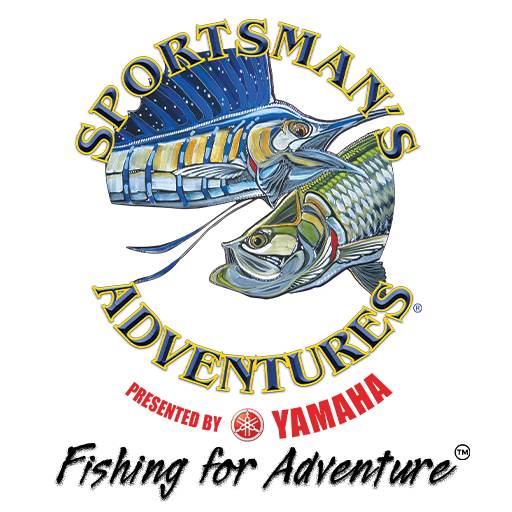AM DUCKS, PM LARGEMOUTHS, PANFISHON LAKE O—PART 2
Let’s Talk Panfishing
If it’s fight and great taste you want, try panfishing the Big O for bream and crappie. Last week, I talked about spending a wintry day on Lake Okeechobee. The plan is to bag your limit of ducks in the morning and then break out the fishing rod to tangle with some largemouth bass.
While bass are a lot of fun and certainly what made Lake Okeechobee so famous in the first place, don’t forget there are other species in the lake that can pull just as hard and are even better tasting. I’m talking panfish––shellcrackers, bluegill, warmouth and, of course, crappie.
You all know there is nothing wrong with cane poling for those shellcrackers and bluegills with a live crawdad or simple wiggling red worm. Beetlespin makes some nice, tiny grub-style beetle baits that work very well.
The best part of panfishing is it’s a lot of fun and, if you’re doing it right, can be non-stop action.
Key to Success: Conditions
The key is knowing when the conditions are right. And I’ll tell you right now: they’re perfect when it’s bloody cold outside. That’s when the crappie, especially, are going to go from shallow water to deeper water. A lot of locals call these fish specks and they’re a great panfish to eat. Not to mention, they can get up to 2 or 2½ pounds in Lake O, which makes for a fairly large hunk of meat.
When the water gets cold they slide out of the shallower water and fall into the canal systems like the Harney Canal and the Indian Prairie Canal. The key to a successful night of crappie fishing is a dark night, with very cold temperatures. That’s what triggers these specks top bite.
Crappie are very attracted to light. That’s why a lot of anglers hang lights off the side of their boat over the water. You can use a small HydroGlow, the same as if you were fishing offshore. You’ll find it’s not uncommon to catch a stringer of 40 to 50 crappie in one night.
You can catch these fish using little glass minnows––minners as they call them out on Lake O––and hook them through the nose, the same way you would wild shiner for a largemouth bass.
These fish may be real deep, they may be in the middle, or they may be a few feet under the surface. You have to move your baits around until you catch one. Then go back to that same depth, because crappie like to hang in schools.
The good thing about crappie fishing is, if you can fish in a certain spot for about 20 minutes or an hour and you’re not catching anything, you can simply move. Sometimes all it takes is a move of a mile or so up the canal to find the fish.
If you’re not able to fish when it’s really cold, make sure you stay in shallower water. This helps you stay busy as you’ll catch plenty of bream, shellcrackers and bluegills in the shallower water. Some good shallow places to fish are the Rim Canal around the lake and the ditches from Lakeport, south to Clewiston. You can use red worms or nightcrawlers on a long shank No. 6 or No. 8 hook with a small bobber positioned three or four feet above the hook.
Whenever you catch a mess of fish, the way I used to cook them was to cut the heads off, make a slice from the pectoral fins down to the anal cavity so you can clean out the guts. Then roll the rest in flour and Italian breadcrumbs. Pan fry the fish and serve with Caesar salad and baker beans, and you’ve got one great dinner––or breakfast.
Tight Lines and Good Fishing,
Captain Rick Murphy
